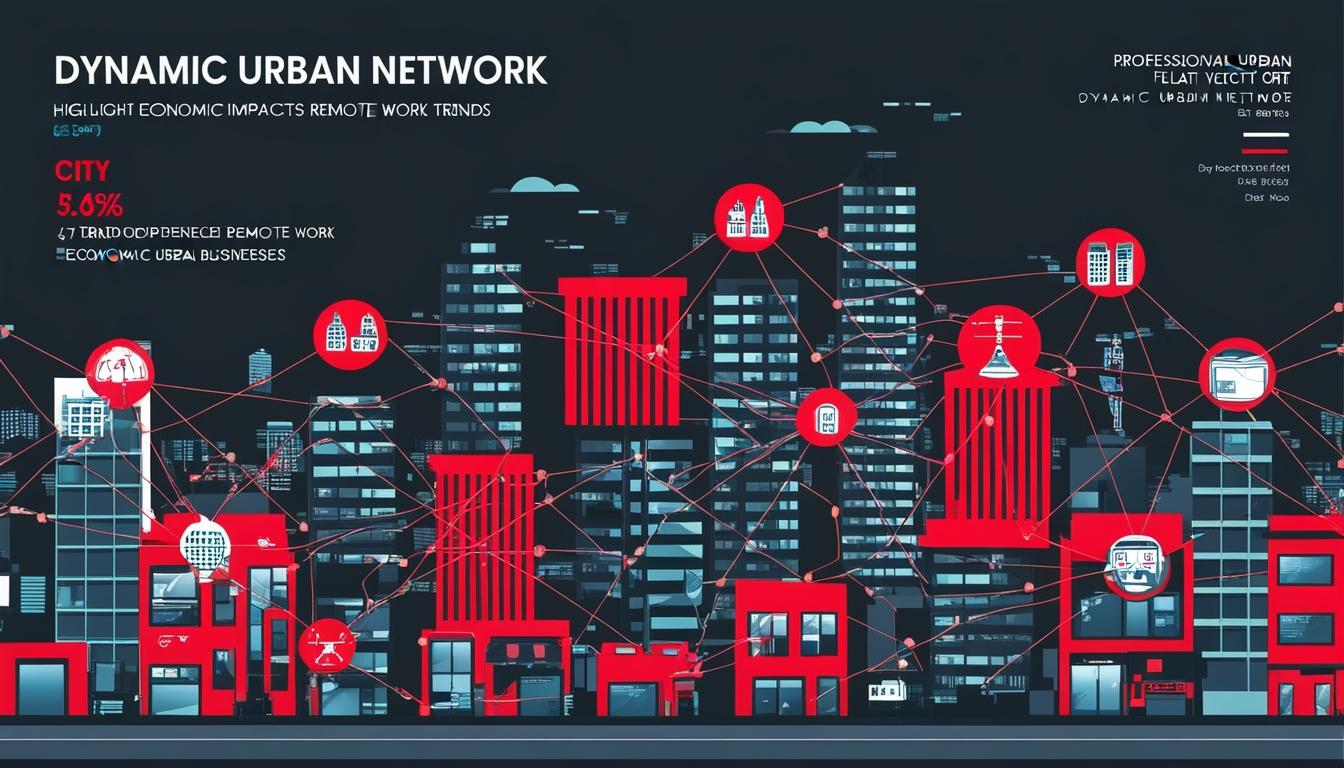As remote and hybrid work models continue to gain traction, the decline in foot traffic has raised significant concerns for businesses located near office buildings, particularly restaurants. An emerging research paper, published in Nature Human Behavior, investigates the broader implications of this behavioural shift on business dynamics along commute routes, suggesting that the impacts extend far beyond the immediate commercial vicinity.
The study, led by Takahiro Yabe from NYU Tandon School of Engineering and Esteban Moro from Northeastern University, reveals that the interdependence of businesses is not solely dictated by their geographic proximity. By integrating human behavioural data into their analysis, the researchers created intricate "dependency networks" that illustrate how customer bases interconnect across various establishments, from gas stations to laundromats. Yabe noted, "Urban science views cities as complex adaptive systems, rather than entities that can be engineered with straightforward solutions."
To derive these insights, the research team, which included contributors from the University of Pittsburgh and MIT, examined anonymised mobile phone data from over a million devices across major cities such as New York, Boston, Los Angeles, Seattle, and Dallas. The analysis tracked the movement of individuals between businesses and points of interest throughout the day, allowing the researchers to make nuanced predictions about business resilience amidst disruptions, such as those experienced during the COVID-19 pandemic. The new methodology enhanced predictive accuracy by approximately 40% over traditional models reliant on geographical factors alone.
The dependency networks unveiled unexpected relationships; for instance, businesses situated several kilometres away from major hubs, like airports, can still experience significant revenue fluctuations due to changes in consumer behaviour. Findings indicated that airports can influence businesses up to 3.5 kilometres away, while supercentres and colleges can affect a radius of around 1.5 kilometres. The study underscores the varying impact of different types of establishments, with arts venues, restaurants, and service-oriented businesses facing substantial ripple effects even if they are distant from the disruption source.
Yabe further elaborated on the practical applications of this research, stating, "This network has significant potential for urban planners and policymakers. For example, organisations like Business Improvement Districts (BIDs) can use it to identify synergies between parks and surrounding businesses, optimising economic growth." The insights gleaned from these findings can also equip planners to simulate the potential impacts of urban interventions, such as congestion pricing or infrastructure development, to foresee their influences on the economic landscape.
Additionally, the publication features an interactive visual dashboard, enabling users to simulate disruptions and observe their economic repercussions on cities. This tool provides a detailed view of point-of-interest connectivity within Boston, allowing individuals to understand how the closure of one business could have financial repercussions well beyond its immediate surroundings.
This research builds on previous work by Yabe and colleagues, who have been exploring how electric vehicle (EV) charging stations influence local commerce dynamics. Their ongoing project aims to inform policymakers on the strategic placement of charging stations to bolster the economic resilience of small and medium-sized businesses, thereby enhancing social equity in community planning.
The key findings of this study suggest that urban planning strategies can greatly benefit from a shift towards a network-based approach, one that acknowledges and leverages the intricate web of connections defining urban economic systems. Understanding that the closure of an office or a museum may disrupt various sectors within an economy reinforces the need for strategic urban planning that factors in these broader interdependencies.
Source: Noah Wire Services
